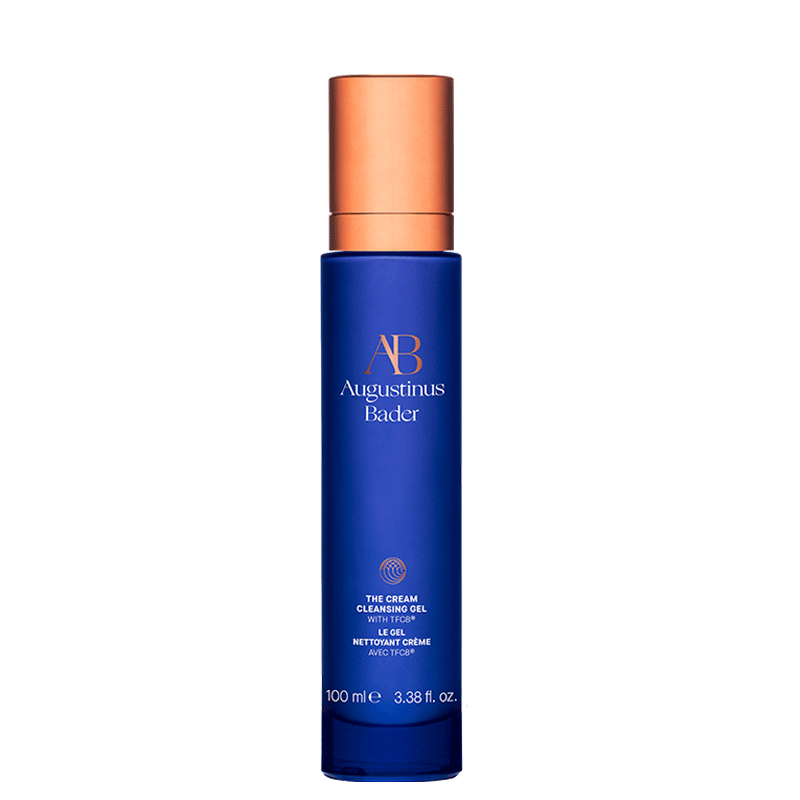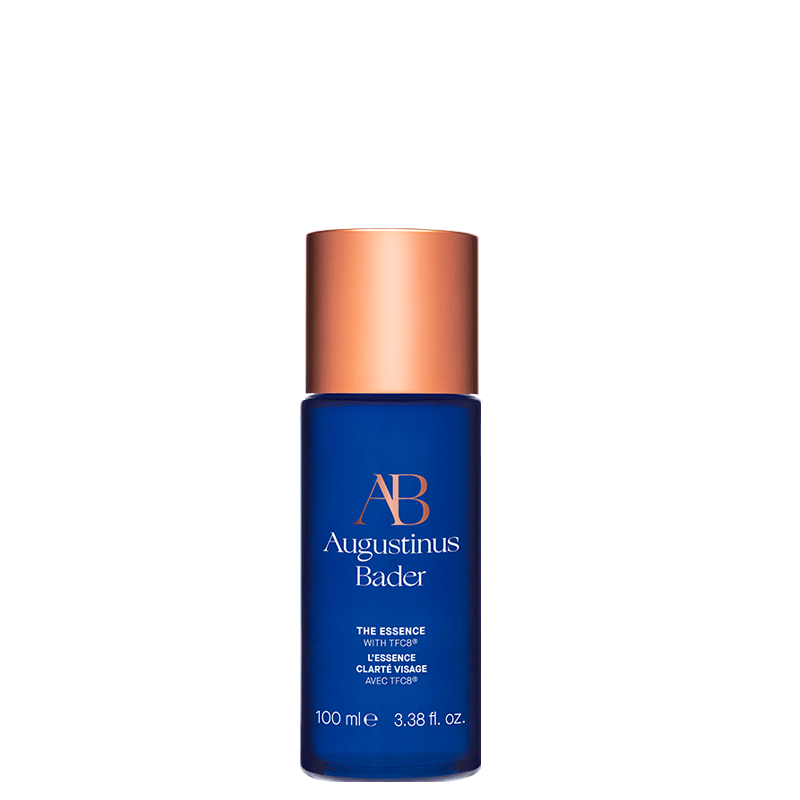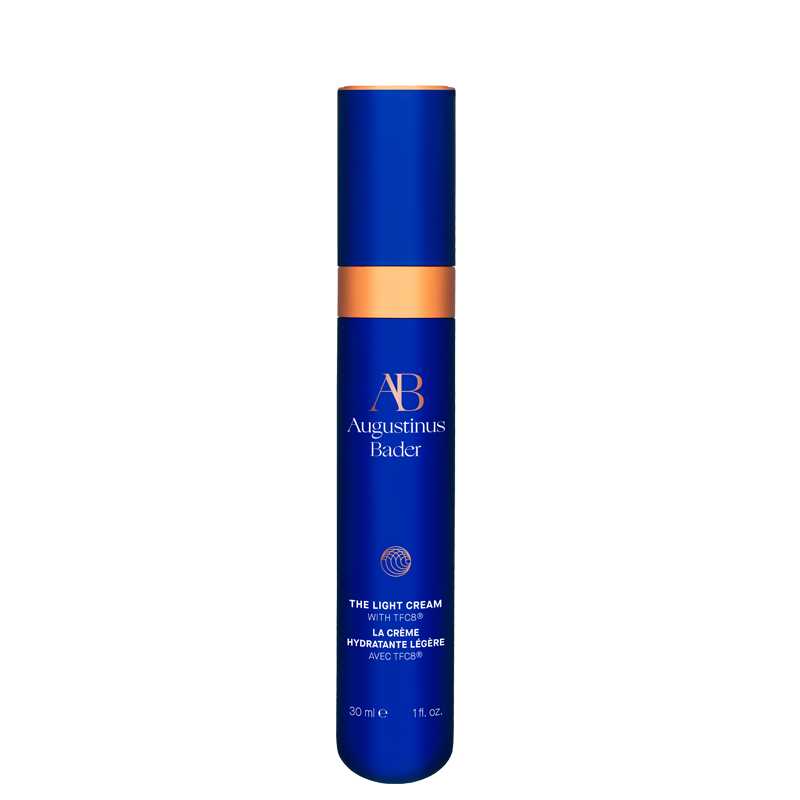Struggling with pimples, bumps, or redness? Do you feel like you're constantly battling inflammation, breakouts, or flare-ups? If you aren't dealing with any of these symptoms right now, you've likely dealt with them here or there in the past.
Acne is arguably one of the most common skincare problems in the world, and over 50 million Americans struggle with facial acne every year. When left untreated, acne can leave you feeling self-conscious or embarrassed. If you don't treat it, the acne can worsen, and the breakout can spread.
Thankfully, in today's modern age, many skincare products and treatments help eliminate acne, reduce your risk of acne scarring, and prevent unwanted breakouts from happening again.
Here's everything you need to know about the different types of facial acne, treatment options, and products you should consider:
What is Acne?
Acne is an inflammatory skin condition caused by clogged pores. When a hair follicle is clogged with dead skin, bacteria, or excess sebum - it can lead to acne breakouts, flare-ups, pus, and pimples. Some acne is more painful than others and requires extra attention, while other types of acne aren't inflammatory.
Adolescents and young adults are the most prone to breakouts and flare-ups due to ongoing hormonal changes and skin texture.
The most common areas for acne are on the back, chest, and face. However, you can experience a breakout anywhere that a hair follicle exists.
Different Types of Acne
There are over seven different types of acne. On the surface, pimples and blemishes may just look red and irritated. However, the size, texture, color, and look of your acne can provide insight into what is troubling your complexion and what types of facial acne you're dealing with.
If you’re wondering what type of acne you have, here are the seven different types of acne:
Papules
Papules are red bumps that arise from a buildup in your pores. This type of acne has the same look and feel as goosebumps or a razor rash and doesn't look or feel "poppable." Papules are your skin's inflammatory response to a buildup of bacteria on the skin's surface.
Papules can be present on the skin's surface for a few days or weeks and typically appear on the nose, chin, or forehead. This facial acne is commonly itchy and painful, so you'll want to avoid touching your skin. If you need to touch your skin, wash your hands with soap and water first.
Whiteheads
Whiteheads manifest as small, white, or cream-colored bumps caused by clogged pores. The accumulation of dead skin cells and excess sebum forms a layer of pus visible on the skin's surface. Primarily appearing on the nose, chin, and forehead, whiteheads are non-inflammatory, lacking redness or inflammation. It's crucial to avoid picking, squeezing, or touching whiteheads as this can spread bacteria and worsen the condition, potentially leading to more whiteheads or undesirable acne scars.
Blackheads
Clogged pores also cause blackheads, a type of acne characterized by a black or dark brownish spot that may resemble a speck of dirt. However, the dark color actually results from oxidation. Blackheads acquire their dark appearance when sebum and dead skin cells accumulate and oxidize upon contact with air.
Blackheads commonly appear on the nose and chin. This type of pimple is non-inflammatory and typically does not cause pain. It is essential to avoid attempting to pop blackheads, as doing so can push the inflammation deeper or leave scars on the skin.
Pustules
Pustules resemble papules in appearance but distinguish themselves by containing pus. This type of acne exhibits typical breakout characteristics, with a pimple filled with pus. Pustules often manifest alongside redness and swelling. The center of the pustule typically appears white or yellowish, and touching it can induce pain.
This type of acne can last anywhere from three to seven days. If you have any pustules, consider applying a warm compression to keep the inflammation down, and use a daily moisturizer on your skin. You'll also want to avoid skincare products formulated with irritants, alcohol, or fragrance.
Nodules
These are pimples that form in the deeper skin layers, and they are often mistaken for pustules but are notably more painful. If you have nodules, you'll notice firm, red bumps or inflammation lesions in clusters.
The bumps are slightly larger than pustules and are considered a more severe form of acne, similar to cysts. Common causes include excess sebum on the skin's surface, an uptick in androgen, or unwanted bacteria.
If you're dealing with nodules, schedule an appointment with your healthcare provider. This type of acne on the face requires anti-inflammatory medication and antibiotics. However, consider creating a skincare routine that keeps your face clean so you avoid more from forming.
Cysts
Cysts represent one of the most severe manifestations of acne. They share similarities with nodules in terms of pain but also have a pus-filled center akin to pustules. Typically appearing along the jawline, cystic acne presents as firm, tender, yellowish bumps that should not be squeezed or touched. This acne often results from hormonal fluctuations, bacterial presence, and blocked pores.
If you're struggling with cystic acne, talk to a medical professional or a dermatologist who can create a treatment plan or recommend products to help reduce pain and the appearance of the cysts.
Milia
Notice tiny bumps that look and feel like seeds on your eyelids, forehead, or cheeks? This is Milia -- small cysts caused by keratin deposits. A buildup of keratin gets trapped under your skin, causing small, painless bumps to form. These hard bumps are not inflammatory and are nothing to worry about.
It's best to avoid trying to pop or remove Milia. They typically disappear in a few weeks, but you can lessen their appearance by cleansing your face daily and using a gentle exfoliant.


What Causes Acne?
Many different factors cause acne, and many of the factors are outside of your control. If you're struggling with different types of acne on the face and you aren't sure why you have breakouts or flare-ups, here are a few reasons:
The Presence of Bacteria
Dirt, bacteria, and pollutants pose a threat to your skin. If you aren't cleaning your face at least once a day before bed, these irritants can gather in your pores and cause inflammation. It’s best to routinely clean your face to minimize the risk of bacteria and keep your complexion refreshed and revitalized.
Changes in Hormones
Teenagers often experience acne more than adults because of ongoing hormonal changes. During puberty, you start to experience an uptick in androgen hormones, which can lead to breakouts and flare-ups on the face and back. Unfortunately, hormonal acne isn't always preventable. To minimize pain and inflammation, you'll want to prioritize a skincare routine with a gentle cleanser and a hydrating daily moisturizer.
Clogged Pores
Acne usually results from hair follicles clogged with dead skin cells or excess oil. When dead skin cells gather in your pores, it leads to inflammation and irritation. Our bodies naturally produce sebum, which comes from the sebaceous glands. However, excess sebum on the skin's surface can lead to irritation, inflammation, and different types of acne.
How to Treat Acne
If you're struggling with acne, make it a priority to stick to a daily skincare routine. These products are preventative steps that can help reduce the appearance, revive your complexion, and neutralize the sebum on the skin’s surface. Here's how to revise your current skincare routine to treat acne, minimize scars, and prevent future breakouts.
Use a Daily Cleanser
Think about all of the environmental factors your skin is exposed to daily. Even if you aren't wearing sunscreen or a full face of makeup, you must cleanse your skin to maintain a renewed and revived complexion. A cleanser will unclog pores, eliminate bacteria, and strengthen your skin barrier.
Powered by TFC8® technology that supports cellular renewal and guides key ingredients to the cells, The Cream Cleansing Gel is our soothing formulation packed with botanicals to help remove impurities and hydrate the skin without stripping it of its natural oils. After our 12-week user trials, 98% agreed that skin looked renewed and regenerated.
Try a Gentle Exfoliant
Exfoliants help buff away dead skin cells, unclog pores, and clear your skin of impurities. If you aren't using an exfoliant regularly, dead skin cells will build up on the skin, leading to unwanted breakouts and inflammation. If you have sensitive or acne-prone skin, it's best to stick with chemical-based exfoliants instead of physical exfoliants, ensuring you don't incur additional irritation.
The Essence is a 3-in-1 exfoliant, toner, and hydrating essence. The lightweight formula contains a potent blend of renewing botanicals and exfoliating acids that help regulate sebum secretion, soothe redness, and protect the skin against environmental aggressors. During our 12-week user trials, 84% agreed that their skin felt balanced and soothed, with 98% agreeing that The Essence felt gentle and calming.
Moisturize Daily
A daily moisturizer is essential to keeping your skin hydrated. The product will act as a protective barrier over the skin, protecting you from pollutants, free radicals, and harmful bacteria. Using a moisturizer twice a day can also help minimize redness and reduce your risk of breakouts and flare-ups.
An excellent option for acne-prone skin is The Light Cream, our mattifying moisturizer formulated to help reduce shine and balance sebum levels. This light and refreshing moisturizer contains a blend of Australian Lemon Myrtle and Baobab Leaf Extracts, Rice Bran Oil to help individuals who struggle with acne or enlarged pores achieve smoother-looking skin. During our 12-week clinical trials, participants noticed skin sebum was reduced by 38%, and their pores looked 54% less noticeable.
Wear Sunscreen
Protect your skin from the damaging effects of UV rays with daily sunscreen with an SPF of 30 or higher to protect your skin from harmful UV rays and free radicals. While this won't eliminate acne, it can help reduce irritation and inflammation.
Avoid Alcohols, Sulfates, and Other Irritants
Using skincare products with alcohols, sulfates, or irritants is a surefire way to cause skin irritation. These ingredients can dry out the skin and cause redness and other irritation. When building a skincare routine, be mindful of the ingredients on the label. Instead, look for products that contain clean ingredients that are clinically proven to improve the look and feel of your skin.
Combat Acne with Augustinus Bader
Dealing with acne is undeniably challenging and can harm your confidence. If you are experiencing breakouts and inflammation, it might be worth reassessing your skincare routine and incorporating clean ingredients.
At Augustinus Bader, all our skincare essentials are formulated with clean ingredients and backed by over 30+ years of research and clinical trials. Whether it's a daily moisturizer, cleanser, exfoliant, or all three - you can feel confident that our skincare products will deliver results.
Explore our skin care products today to get started.




